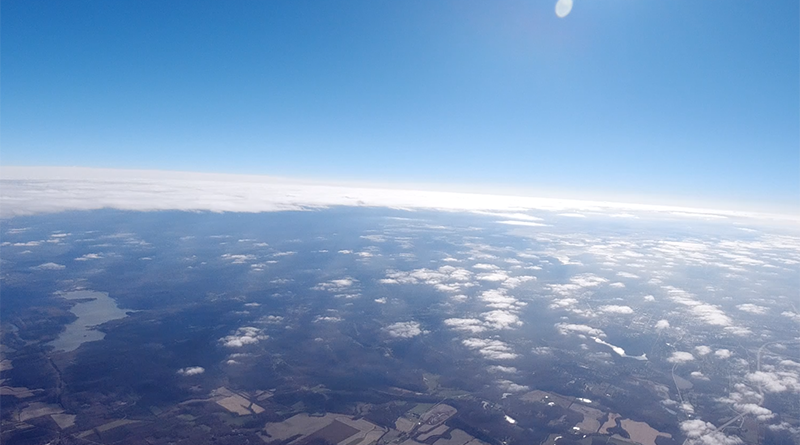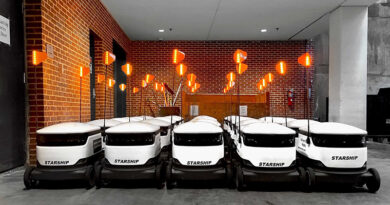Hands-On Learning Expands Horizons
What happens way up in the air in that weather balloon?
Show students video of high-altitude balloon missions and give them new perspectives on their world.
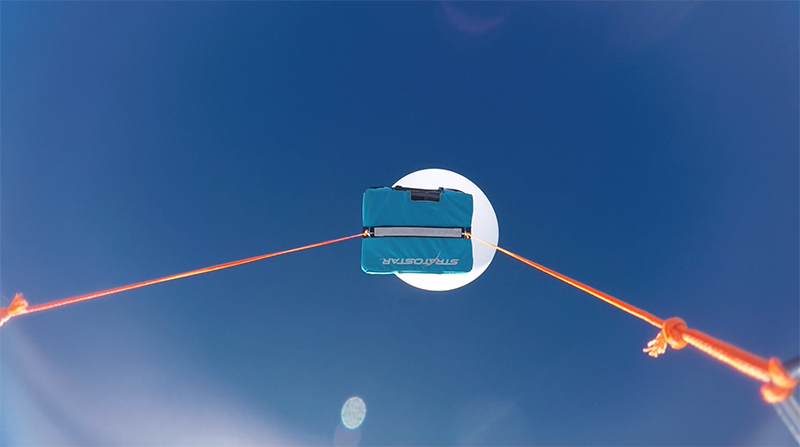
“You can really see that the horizon is curved, so we squashed some rumors that the Earth was flat that every sixth-grader has heard,” teacher Susan Eve observed.
The Greenhill School students also learned about helium and how a balloon could float, but when their science lessons turned to potential experiments, learning took off beyond the stratosphere.
“The kids started asking questions like what would happen if,” Eve said. “What would happen to a pickle if we sent it up?”
“When kids realized their prediction was correct, they would go, ‘Yes!’ So it felt a little like watching a football game but in science.”
Susan Eve
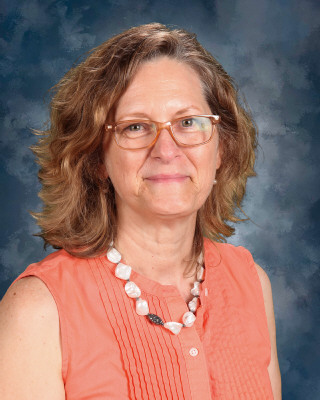
What about radish seeds? Markers? Batteries? Or a memory card loaded with photographic files?
Thanks to a program available from the educational company StratoStar in Noblesville, Indiana, students in six classes taught by Eve and colleagues Sharon Charlebois and Tim Lohr could seek answers through real high-altitude experiments.
Eve was looking for ways to keep science instruction both hands-on and equitable for her mix of in-person and virtual students when she discovered an offer from StratoStar – stratostar.com – to fly up experiments for the cost of shipping them to the company and back.
The project hits on each of the STEAM categories:
Science – Coming up with questions and theories to test;
Technology – Employed in launching the balloon and tracking it in real-time;
Engineering – Designing experiments with containers for the samples that would go up and control samples that wouldn’t;
Art – Creating mission badges like those worn by astronauts;
Mathematics – So many numbers to monitor and predict as the balloon goes up and comes back down.
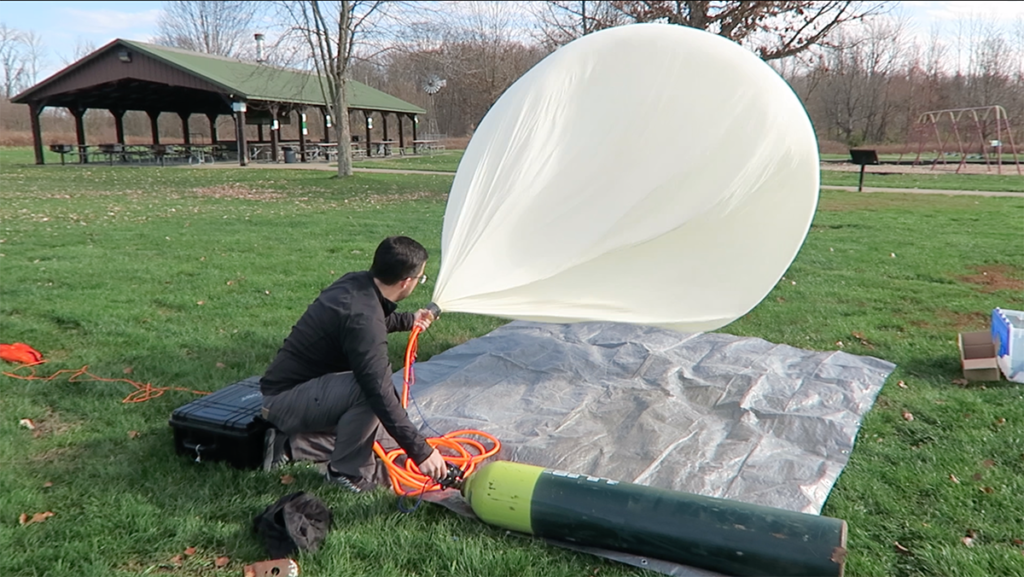
The classes held a launch party on Nov. 11 – after rain delayed the launch by a day. Students checked back every 15 minutes to see where the balloon had gone and what had changed.
It took nearly three hours to surpass 100,000 feet, where it popped and returned to the ground in 15 minutes. Along the way, temperatures ranged from 60 degrees to minus 25, and humidity from 55 percent to below 1 percent.
Students also made their best guesses about where it would be at specific points.
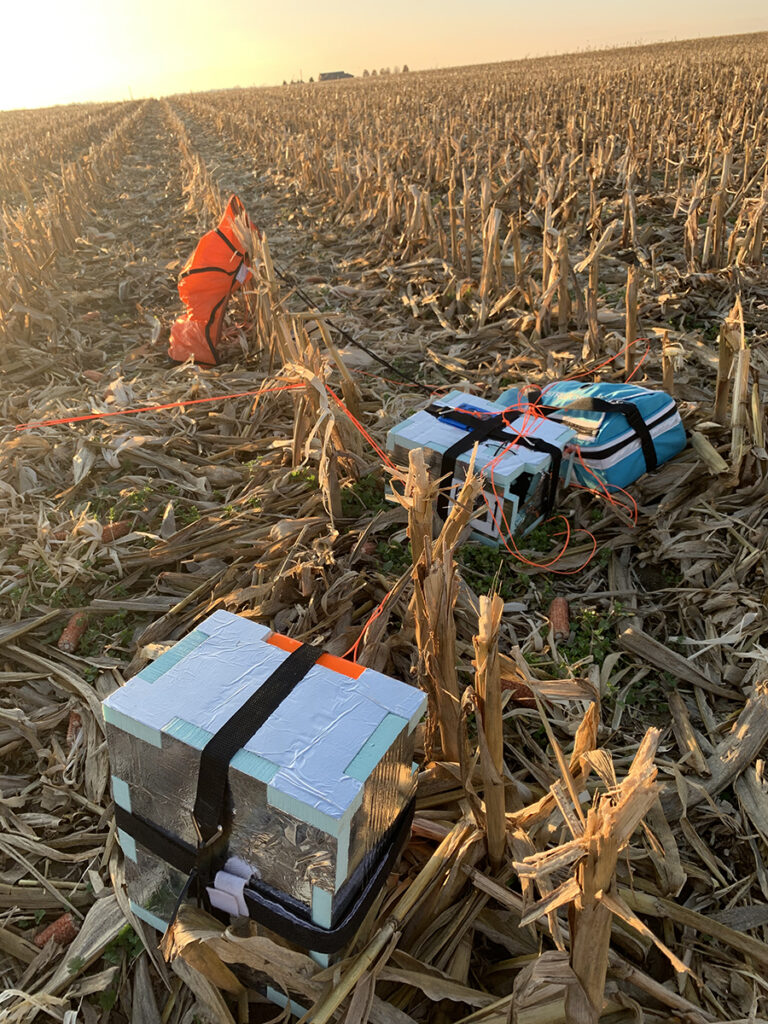
“When kids realized their prediction was correct, they would go, ‘Yes!’ So it felt a little like watching a football game but in science,” Eve said. “This year highlights for me that the future of teaching science is really about teaching skills: how to think about what you are doing, how to plan and run an experiment.”
As this issue of the newspaper went to press, students were still experimenting with the returned balloon payloads.
They had a few wild guesses about what upper atmosphere radiation levels would do to what sprouts from those seeds.
“I think they are going to be mutants,” one suggested.
“I think they are going to have eight leaves and be purple,” another offered.
What about Eve? “I suspect the radish seeds that went up in the flight will not sprout.”
Click here to view our 2021 STEAM Special Section

For nearly 40 years, People Newspapers has worked tirelessly to tell the stories—good, bad, and sublime—of our neighbors in the Park Cities and Preston Hollow. To support our efforts, please contact [email protected] for advertising opportunities. Please also consider sharing this story with your friends and social media followers.

